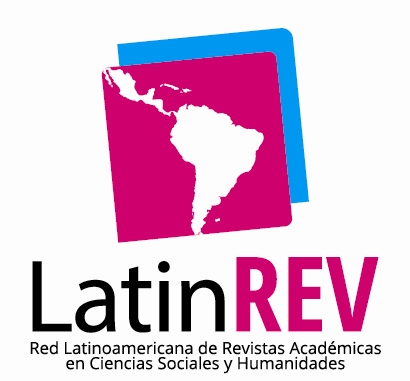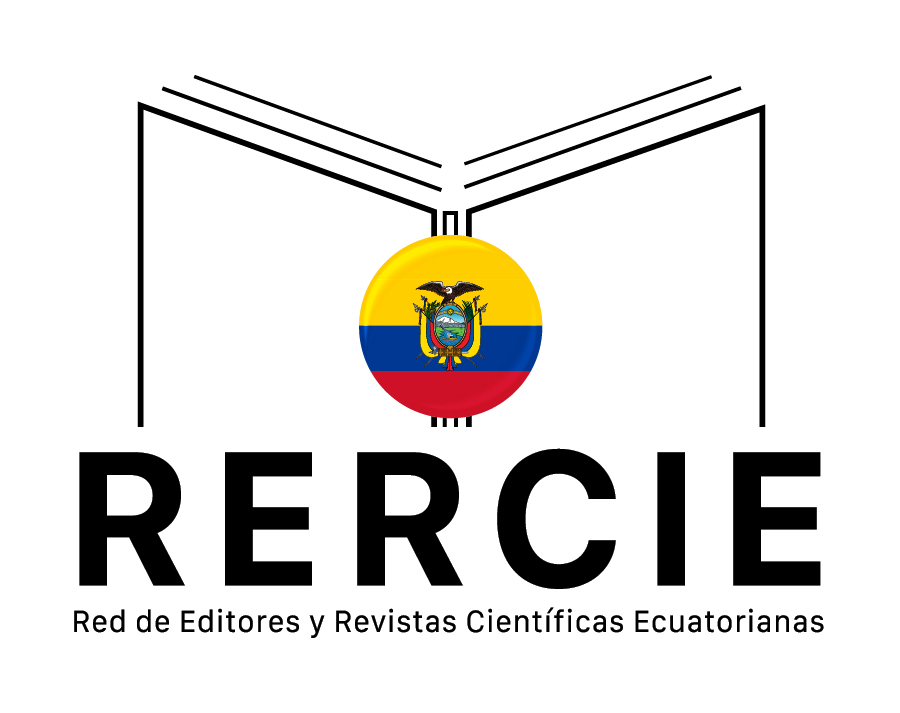STICKY FLOORS: EQUIDADE NOS RELACIONAMENTOS E AUMENTO DO TALENTO HUMANO
Palavras-chave:
Construcción social, educación, inequidad, espacio laboral, patriarcadoResumo
A investigação todo por objetivo evidencia a importância que têm os sonhos pegajosos na vida profissional das mulheres através da análise de políticas de gênero e potencialização do talento humano. Tradicionalmente, a mulher é relegada ao seu espaço natural, identificada pelo patriarcado com o significado de ser mãe. Aspecto relacionado ao trabalho em especial com as oportunidades e direitos de acesso a cargas de poder. O método de investigação utilizado foi misto e qualiquantitativo. Cualitativamente porque se analisou os fatores e aspectos que influenciam nos solos pegajosos como limitantes das mulheres e quantitativo pelo uso de técnicas como a enquete e entrevista cuja análise e interpretação evidenciou a realidade de que vivieron mujeres que ocupam cargo de liderança e que desejam ocupar-los. Concluiu-se que as mulheres que são profissionais e ocupam uma carga de vida com maior tranquilidade, completam seus sonhos e metas sem deixar de lado sua vida pessoal, seus pais, seus filhos e sua família. A preparação leva a mulher a desenvolver sem importar a discriminação por estereótipos. Pelo contrário, as mulheres que não ocupam cargos de responsabilidade sofrem discriminação por sua família, família e círculo laboral; para quem prefere optar por não ter filhos.
Palabras Claves: Construção social, educação, desigualdade, espaço laboral, patriarcado.
Downloads
Referências
Andrade, M. (2011). Entre el techo de cristal y el piso pegajoso. Uruguay: Cotidiano Mujer.
Barda, M. (2016). Significado de 'techo de cristal' y 'suelo pegajoso'. España: AboutEspaña.
Bolaños. (1998). CONFLICTO FAMILIAR Y RUPTURA MATRIMONIAL: ASPECTOS PSICOLEGALES. Madrid: UE.
Cajas, A. (2011). Igualdad de género en la constitución ecuatoriana de 2008. Quito: Universidad Andina Simón Bolivar.
Carrillo, N. (2017). Género y poder: ¿por qué no hay mujeres directivas? Cataluña: UOC.
Casique, L., & Furegato, A. (2006). Violencia contra la Mujer: Reflexión teórica. Brasilia: Rev Latino-am Enfermagem.
Centro Ecuatoriano para la Promoción y Acción de la Mujer. (2008). Mujeres y constitución. Quito: CEPAM.
CEPAL. (2010). La hora de la igualdad: brechas por cerrar, caminos por abrir, trigésimo tercer período de sesiones de la CEPAL. Brasilia.
Consejo Nacional de Secretarios de la Salud. (2007). Violencia una epidemia silenciosa. Brasilia: CONASS.
Constitución de la República del Ecuador. (2008). Quito: cep.
Gomez, T. (30 de abril de 2009). Género y Economía. Obtenido de https://generoyeconomia.wordpress.com/2009/04/30/entre-el-techo-de-cristal-y-el-suelo-pegajoso/
Healthy Children. (2017). Madres que trabajan. Estados Unidos: American Academy of Pediatrics.
Hirrata, H. (2002). Nova divisao sexual do trabalho? Um olhar voltado para a empresa e a sociedade. Sao Paulo: Boitempo Editorial.
Instituto Nacional de las Mujeres. (2012). Desigualdad de género en el trabajo. Estados Unidos Mexicanos: Registro Oficial.
Longo, M. (2009). “Género y trayectorias laborales. Un análisis del entramado permanente de exclusiones en el trabajo”. Monte Rey: Revista Trayectorias, Volúmen 11 Nº 28.
Mans Unides. (2014). Derecho de la mujer a la educación. ONG contra la pobreza del Mundo.
ONU Mujeres. (2015). Educación y capacitación de la mujer. ONU.
Organización Internacional del Trabajo. (2019). La OIT y la igualdad de género. OIT.
Pérez, M. (2002). La transversalidad de género, un concepto clave. Andalucía.
Salamé, T. (2014). Mujeres, brechas de equidad y mercado de trabajo. Santiago de Chile: Oitchile.
Schraiber, L. (2005). La Violencia se da y no derecho. Brasil: UNESP.
UNESCO. (2015). Educación e igualdad de género. Registro Oficial.
Publicado
Como Citar
Edição
Seção
Licença
Copyright (c) 2020 Revista Científica y Arbitrada de Ciencias Sociales y Trabajo Social: Tejedora. ISSN: 2697-3626

Este trabalho está licenciado sob uma licença Creative Commons Attribution-NonCommercial-ShareAlike 4.0 International License.






















